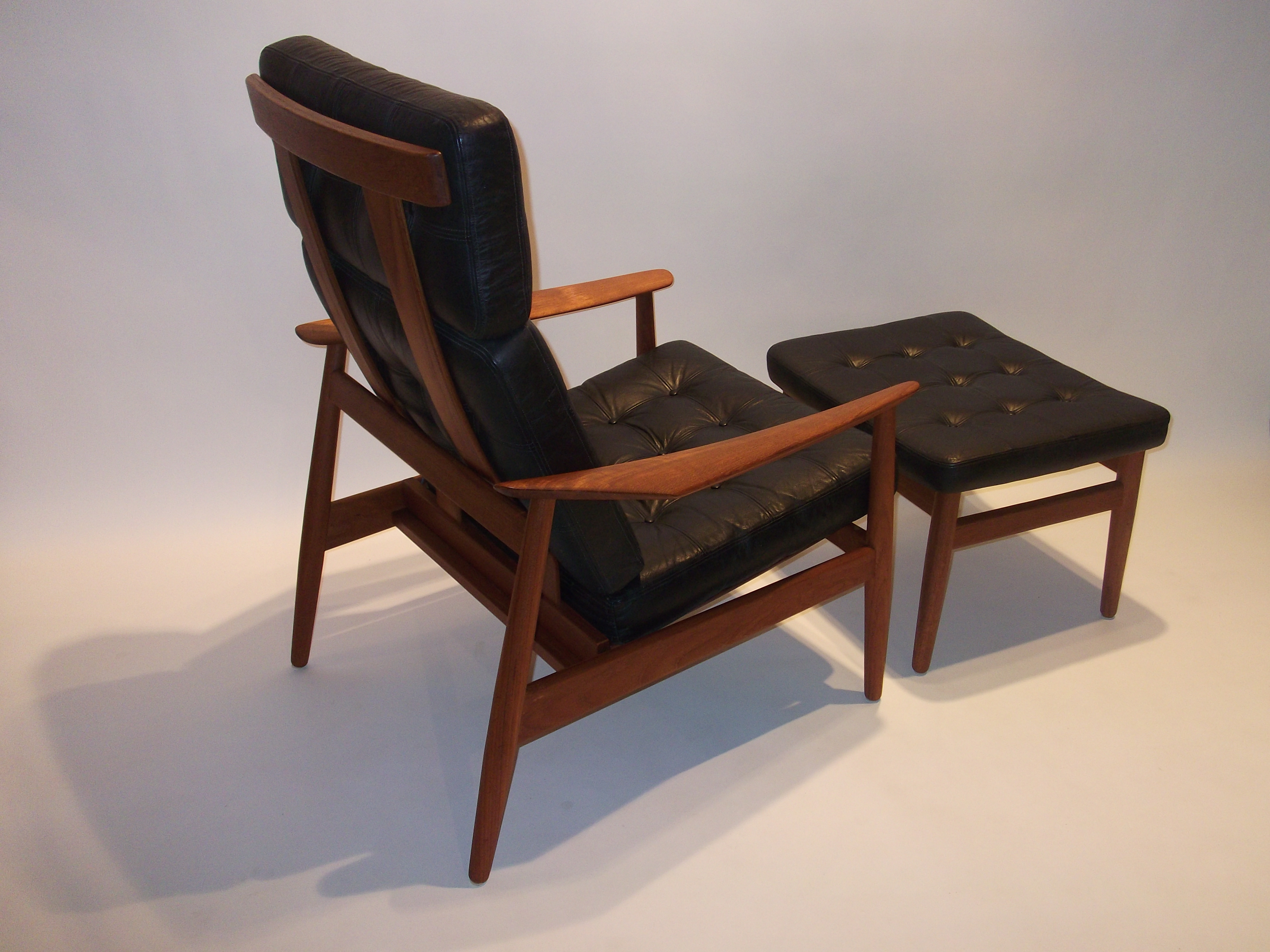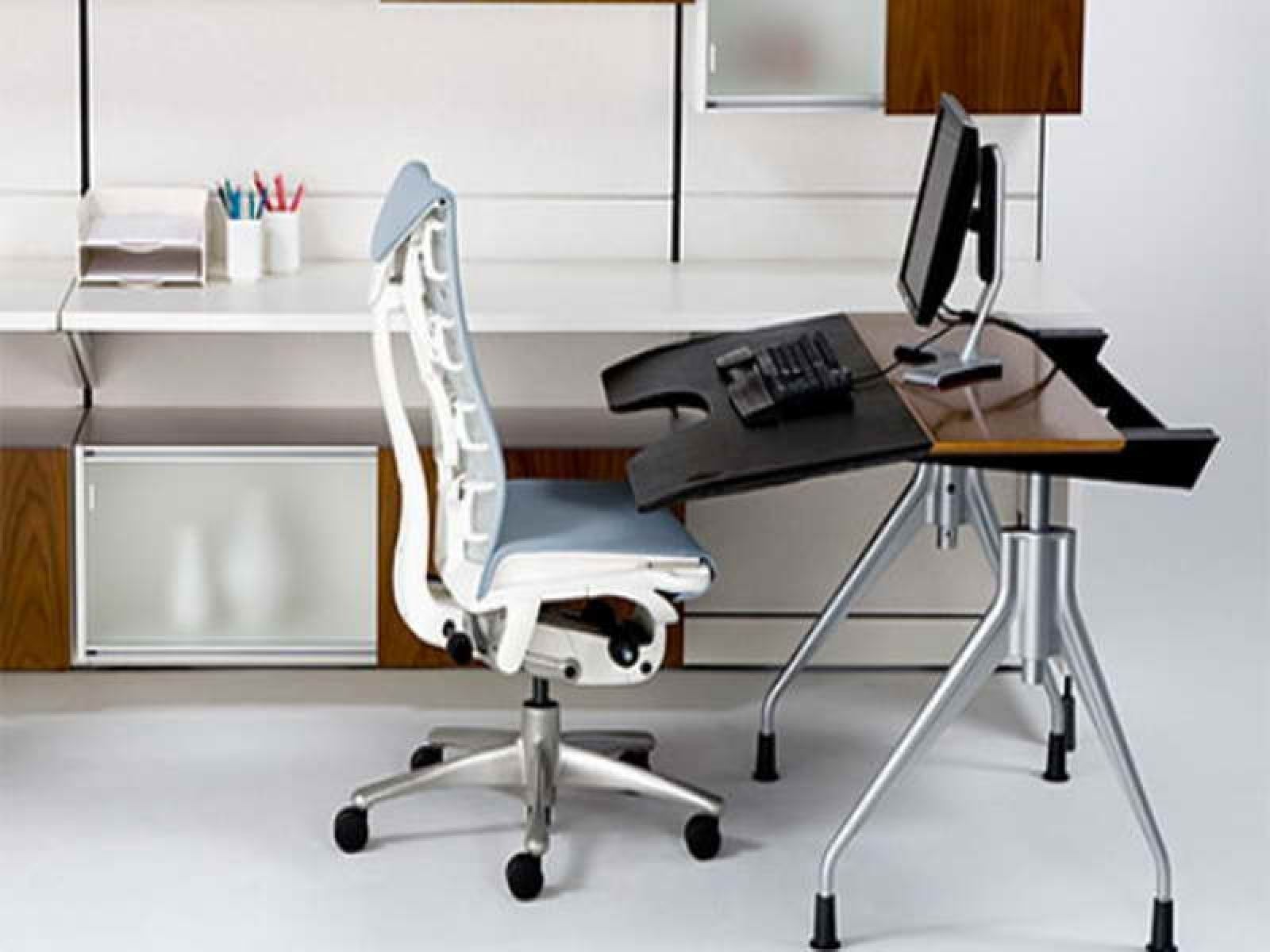
Mid-century furniture is known for its sleek lines, minimalist design, and timeless appeal. But beyond its aesthetic charm, mid-century furniture also prioritizes function and form, making it a popular choice for homeowners and interior designers alike. In this article, we will delve into the world of mid-century furniture and explore the ergonomics behind its design.
The Origins of Mid-Century Furniture

Mid-century furniture refers to pieces that were designed and produced during the mid-20th century, roughly between the 1930s and 1960s. This era marked a significant shift in furniture design, as designers began to depart from the ornate and intricate styles of the past and embraced simplicity, functionality, and clean lines.
One of the key influences on mid-century furniture design was the Bauhaus movement, which emerged in Germany in the early 20th century. The Bauhaus school, founded by Walter Gropius, sought to unite art, craft, and technology, emphasizing the importance of functional design. This ethos heavily influenced mid-century designers, who sought to create furniture that was not only visually appealing but also practical and comfortable.
Ergonomics in Mid-Century Furniture Design

Ergonomics, the science of designing products to maximize efficiency and comfort for the user, played a crucial role in mid-century furniture design. Designers of this era recognized the importance of creating furniture that supported the natural posture and movements of the human body.
1. Comfort and Support

One of the main goals of mid-century furniture designers was to create pieces that were comfortable and supportive. They achieved this by using high-quality materials, such as molded plywood, foam padding, and upholstery, to provide cushioning and contouring to the body.
- Chairs, for example, were designed with curved backs and seats to support the natural curvature of the spine. This not only provided comfort but also promoted good posture.
- Sofas and lounge chairs were often equipped with ergonomic features like adjustable headrests and armrests, allowing users to customize their seating experience.
2. Functionality and Versatility

Mid-century furniture was not only designed to be comfortable but also highly functional. Many pieces were created with multiple uses in mind, making them versatile and adaptable to different spaces and needs.
- Tables, for example, often featured extendable leaves or modular designs that could be rearranged to accommodate varying numbers of guests.
- Storage solutions were also a key aspect of mid-century design, with cabinets, sideboards, and credenzas offering ample space for organizing and hiding away clutter.
3. Aesthetics and Proportions

Mid-century furniture is renowned for its harmonious proportions and balanced aesthetics. Designers of this era paid careful attention to the relationship between form and function, ensuring that each piece not only looked visually appealing but also served its purpose effectively.
- For example, chairs were designed with the human body in mind, taking into account the height and angle of armrests, seat depth, and backrest support to create a comfortable and visually pleasing silhouette.
- The use of organic and geometric shapes, clean lines, and tapered legs further added to the overall aesthetic appeal of mid-century furniture.
The Enduring Appeal of Mid-Century Furniture

Despite being decades old, mid-century furniture continues to be highly sought after and relevant in contemporary design. Its enduring appeal can be attributed to several factors:
1. Timeless Aesthetic

The clean lines, minimalist design, and balanced proportions of mid-century furniture lend it a timeless aesthetic that can seamlessly integrate into various interior styles. Whether in a modern, industrial, or retro-inspired space, mid-century pieces add a touch of sophistication and elegance.
2. Quality Craftsmanship

Mid-century furniture is renowned for its high-quality craftsmanship. Many pieces were handmade by skilled artisans using traditional woodworking techniques. This attention to detail and commitment to quality resulted in furniture that was not only visually appealing but also durable and long-lasting.
3. Sustainable Design

The focus on functionality, versatility, and durability in mid-century furniture aligns with the principles of sustainable design. By creating pieces that stood the test of time, mid-century designers inadvertently contributed to a more sustainable approach to furniture production.
4. Nostalgic Value

For many, mid-century furniture evokes a sense of nostalgia and nostalgia. It reminds them of a bygone era, when design was simple yet elegant. This sentimental value adds to the allure of mid-century pieces and explains why they continue to be cherished and collected.
Conclusion

Mid-century furniture combines both form and function, resulting in pieces that are not only visually appealing but also highly practical and comfortable. The emphasis on ergonomics in mid-century design ensures that these pieces support the natural posture and movements of the human body, promoting comfort and well-being. The enduring appeal of mid-century furniture can be attributed to its timeless aesthetic, quality craftsmanship, sustainable design principles, and nostalgic value. Whether you are a fan of mid-century design or simply appreciate well-designed furniture, mid-century pieces are a worthy addition to any space.